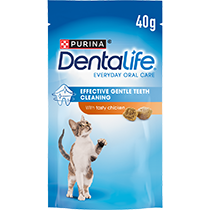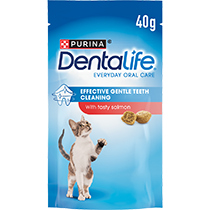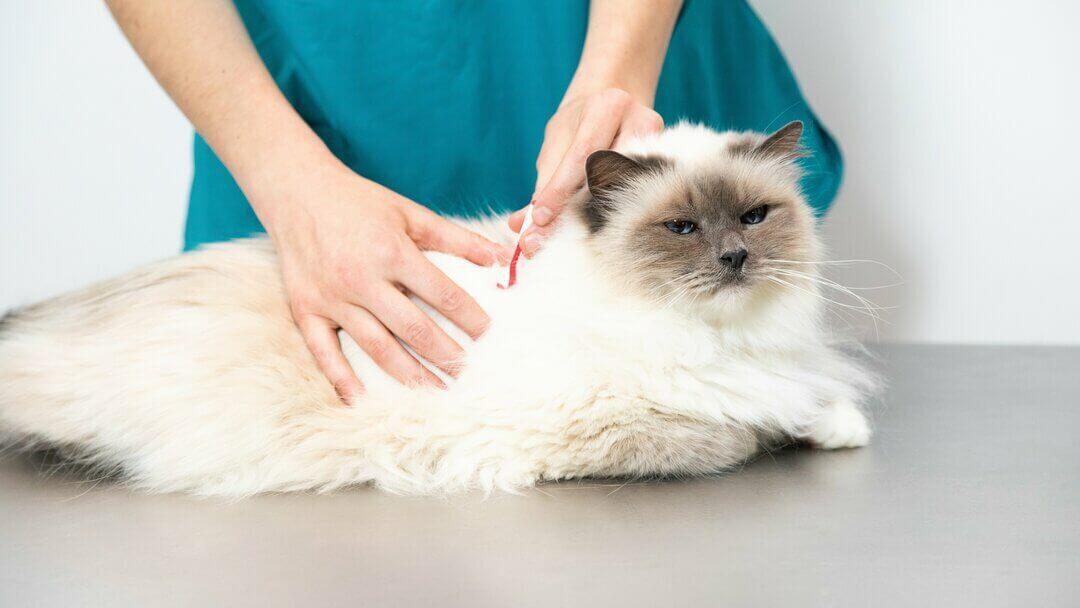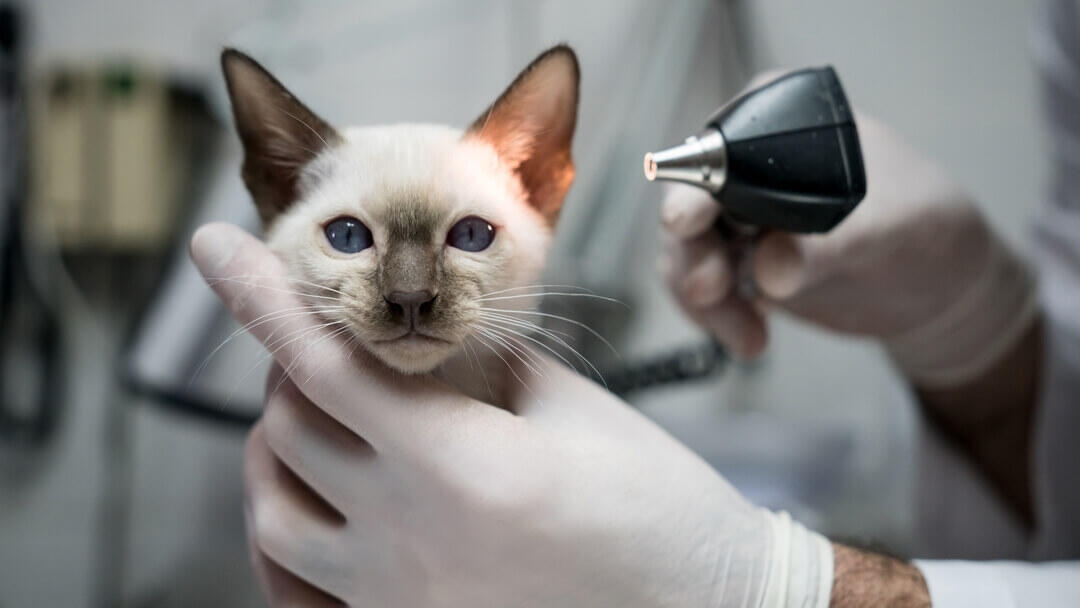
Like humans, the bacteria that causes Lyme disease can infect cats. However, Lyme disease is much more common in dogs and humans and the illness is rarely seen in our feline friends.
Add to this the fact that cats do not always develop symptoms and this can make reaching a diagnosis quite difficult.
So how is Lyme disease in cats transmitted? The bacteria that cause Lyme disease is spread by ticks. Cat ticks are very good at passing on infections from one animal to another. Ticks feed by biting an animal and feeding on its blood. They may stay on the skin for a few days and then once they’ve had enough, they drop off. The ticks can transmit microbes that cause diseases, such as Lyme disease or babesiosis but it’s unusual for cats to catch either disease.
What is Lyme disease in cats?
Lyme disease is an infection caused by a spiral-shaped bacteria called Borrelia burgdorferi, which is spread by ticks. If your cat has Lyme disease, it may appear lethargic and lose its appetite.
Even though it is uncommon in cats, Lyme disease is known to be one of the most common tick-transmitted diseases in the world.
Symptoms of Lyme disease in cats
Symptoms of Lyme disease in cats can differ greatly. Many cats with Lyme disease do not exhibit any symptoms. Of those that do show symptoms, lameness due to joint inflammation is often seen. Affected cats may develop acute lameness, which lasts for only three to four days but recurs days to weeks later, with lameness in the same or a different leg. This is sometimes known as “shifting-leg lameness”. A fever often accompanies these episodes of lameness.
Some cats may also develop kidney problems. If left untreated, it may lead to a condition called glomerulonephritis, which causes inflammation and accompanying dysfunction of the kidneys’ blood-filtering ability. Eventually, kidney failure may set in and the cat will begin to show symptoms such as vomiting, diarrhoea, lack of appetite, weight loss, increased urination and thirst. There are other symptoms associated with Lyme disease in cats, which can include:
- Stiff walk with an arched back
- Sensitive to touch
- Difficulty breathing
- Panting
How to diagnose Lyme disease in cats
The first step in diagnosing Lyme disease in cats is to visit the vet, who will carry out a physical examination of your cat. Your vet can also use several tests to determine whether or not your cat has Lyme disease. The most common and effective diagnostic test is a blood sample. Your vet will likely ask about how much time your cat spends outdoors, as well as when you first noticed them showing symptoms. There are additional tests that may be done to rule out other conditions and help diagnose Lyme disease in cats, such as X-rays, analysis of urine samples and sampling of joint fluid.
Treatment of Lyme disease in cats
Once your cat has been diagnosed with Lyme disease, your cat will be treated on an outpatient basis, unless its health condition is severe. Most cases of Lyme disease in cats are treated with a course of antibiotics and cats that are treated as soon as possible have a very good chance of making a full and healthy recovery.
The recommended period for treatment of Lyme disease in cats is usually around four weeks. Limb and joint problems that are common symptoms of Lyme disease can respond rapidly to antibiotic treatment, although may not fully resolve in all animals. Sometimes a second course of antibiotics is needed.
How to prevent Lyme disease in cats
Tick treatment and control are extremely important for the prevention of Lyme disease, as well as other diseases transmitted by ticks.
Check outdoor cats daily for ticks and safely remove them as soon as possible.
Be sure to pull back the fur and examine the cat at the skin level. A tick will attach itself to the skin and not the fur if it’s feeding. Removing the tick as soon as possible will help prevent any transmission. Be careful when handling the ticks, because ticks can attach and potentially transmit infections to people too.
Your veterinarian can recommend a variety of sprays, collars, and spot-on products to kill and repel ticks. These products should only be used under the advice and supervision of a veterinarian and by following the label’s instructions.
Ticks can be unpleasant parasites so it’s important to keep up-to-date on your cat’s treatments and keep checking their skin for any ticks too. If you want to find out more about cat skin and the potential health conditions, read our cat skin problems article, next.














